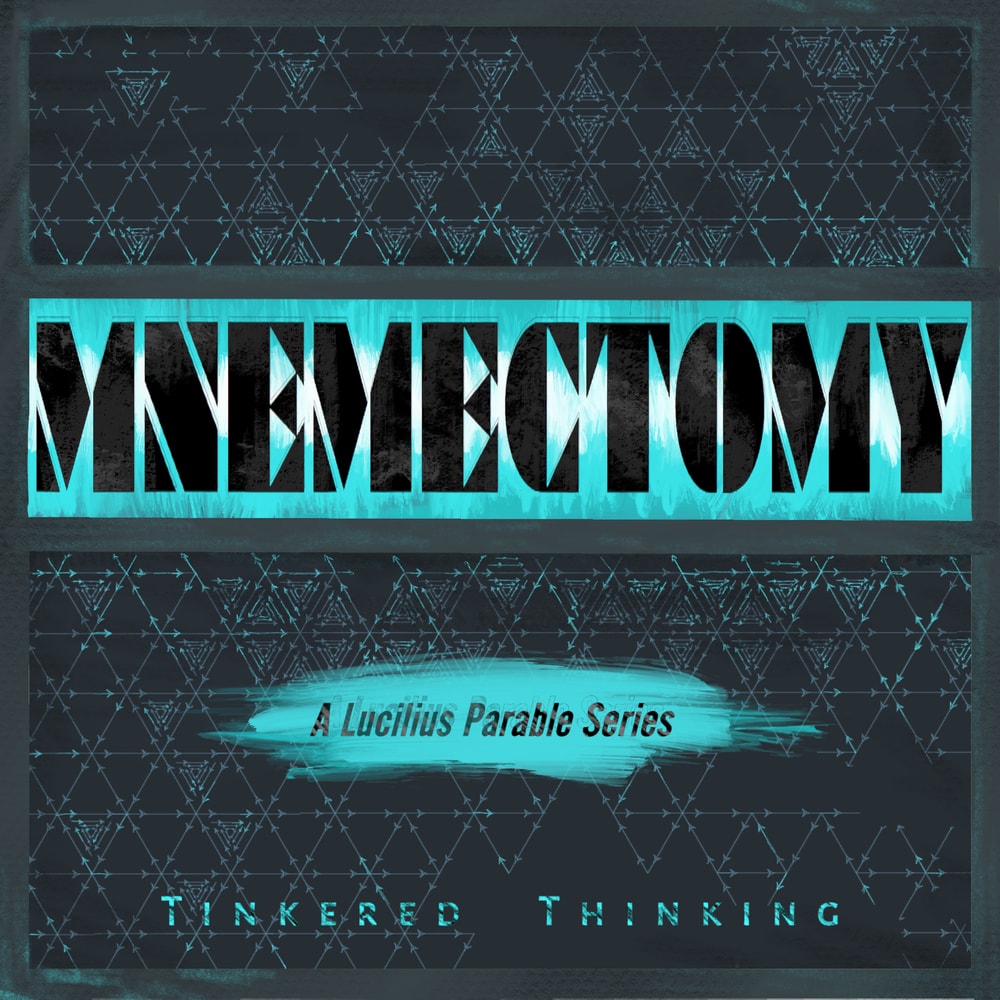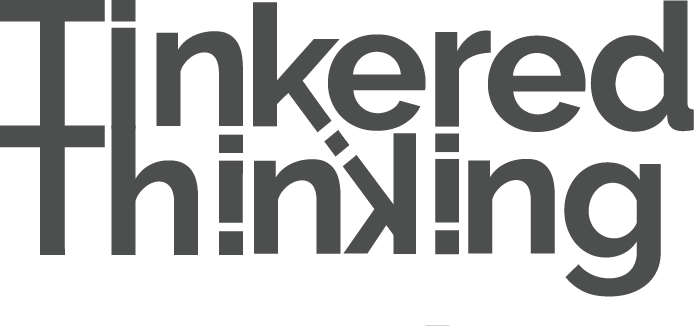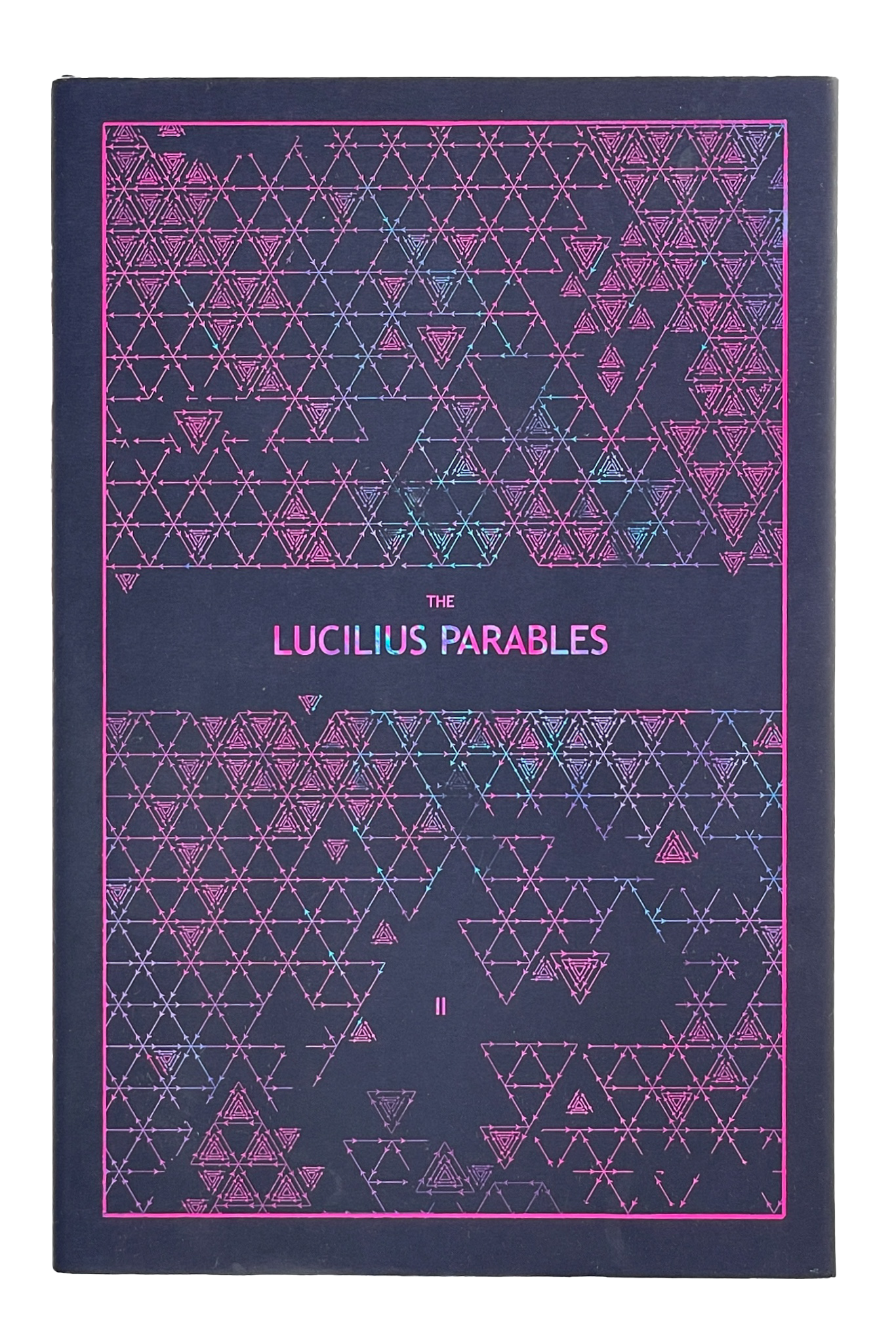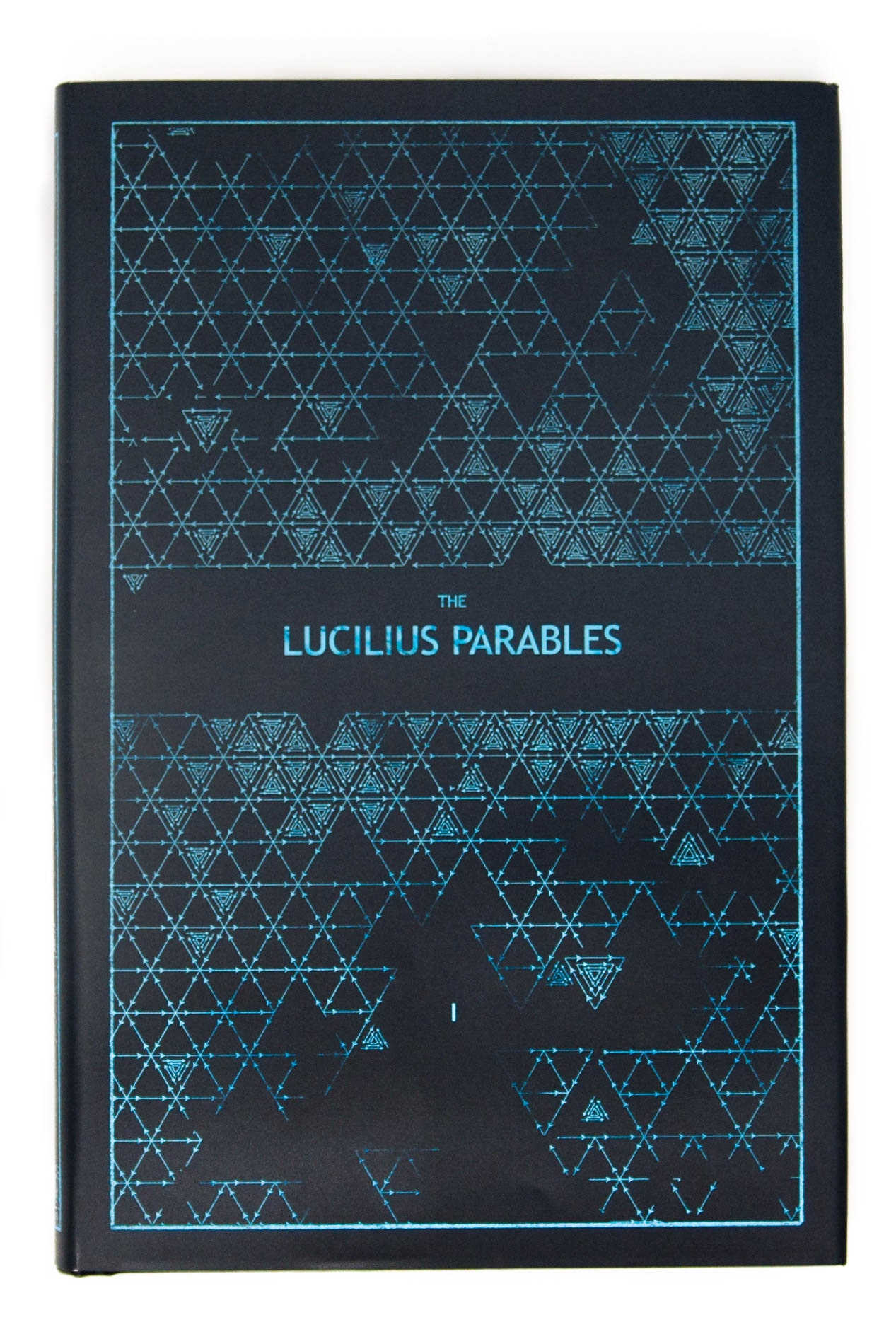Daily, snackable writings to spur changes in thinking.
Building a blueprint for a better brain by tinkering with the code.
subscribe
rss Feeds
SPIN CHESS
A Chess app from Tinkered Thinking featuring a variant of chess that bridges all skill levels!
REPAUSE
A meditation app is forthcoming. Stay Tuned.
RIVALNYM
February 2nd, 2019
There exists a category of words that sits right between synonym and antonym. These consist of interesting pairs that in some sense have the exact same definition but completely contrary meanings.
A silly name that might apply here is rivalnym. Composed of both the word parts rival + nym. Meaning literally rival word. A rival is defined as someone who has the same objective but is in competition for that objective.
Episode 3 of Tinkered Thinking looked at one set of these rivalnyms:
Determined and Stubborn. They both indicate something steadfast about a person’s point of view or behavior. But one is negative and the other is positive. The difference is dictated by an outside perspective and whether or not that third-person perspective approves of the goal of such behavior or point of view. If we like someone’s goal we think of them as determined. If we don’t, we’re likely to think of the person as being stubborn.
Another pair of words that might qualify as rivalnyms are:
Nervous and Excited.
With the word nervous, what exactly is the word literally referring to? Nerves. And what is happening to them? They are excited. Play this question game in reverse starting at the word ‘excited’ and it works symmetrically. What is excited when we feel excited? Inevitably it boils down to excited nerves.
And yet we use one of these words to imply something positive and the other to indicate the negative version of the same circumstance.
Rivalnyms are perhaps the simplest linguistic examples that demonstrate subjectivity, or how our perspective dictates our identification and categorization of a situation. The mere phenomenon that we’ve created nearly identical words with polar opposite uses should serve as a warning and a guide that our discourse is utterly dominated by an emotional slant.
However, being aware of this subtle category of words can help us be more cognizant while speaking, in order to notice what degree and kind of emotion our point of view is operating through.
The most important Rivalnyms and the perennial pair of concepts around which this discourse circles is
and
While we might approach the connection of these two words from a variety of angles, one important facet of this pair is that we can appropriately define them as
reactions to the unknown.
When we come across a problem to which we do not readily see an answer, how do we react? With confusion and the concurrent feelings of frustration and aggravation?
Or do we respond with curiosity.
It’s imperative not to see rivalnyms as mutually exclusive. For example we might initially react with confusion and then invoke curiosity in order to move forward through that confusion. We might look at one of the previous examples and realize that likewise we can start off seeing a person as stubborn and later change our position and reinterpret the same person’s efforts as determination. This change might conveniently arrive when the observed person in question finally achieves some goal we didn’t approve of and the difference is more positive than we expected. Our language about the person likewise changes.
We might start off an activity feeling nervous and worried and as we relax or gain proficiency, that same nervousness is now interpreted as positive excitement.
The core concept at the heart of a rivalnym pair is seeing that they are in fact the same thing, and our inclination to identify with one more than the other can be a choice. Often, however, we don’t even realize there is a choice until we actually notice these subtle shifts in the way we experience things. Such revelations deserve a new root in our mind, a new word to equip our mind with the ability to question.
Beset by some obstacle or problem, we can focus on our perspective, our feeling, our effort and behavior and ask? Is this the best way to move forward? Or is there some better rivalnymic way that I can switch to in order to make progress?
This episode references Episode 3: Determined vs. Stubborn and Episode 49: Confusion or Curiosity.
DON'T BE EVIL
February 1st, 2019
Once upon a time the direction ‘Don’t be Evil’ was a part of Google’s code of conduct. It was removed and replaced with a much more positive sounding dictate: “Do the right thing.”
While these might seem like synonymous statements, they are not and the important way in which they differ is that one is more about focus and the other is more about awareness.
The dictate: do the right thing. Is all about focusing on doing what you think is good.
This seems like a fairly innocuous strategy that can produce some good. The problem comes when we misidentify what is good. Anyone with even a modicum of circumspection can look back on some passage of their life and identify a train of actions that were undertaken because they were deemed of good worth, but in retrospect had disastrous effects because our idea of what was good was perhaps skewed or misguided.
Deeyah Kahn has made a couple documentaries that explore extreme differences between people in terms of identity, primarily with regards to religion and ideology. One of these documentaries entitled “Jihad: a story of others” has an extended interview with an individual who used to be part of a radical faction that took violent action against those deemed enemies. By the time of the filming and interview, this individual has completely changed. But what exactly in such an individual’s mental framework changes? Why would such a person take such an action in the first place?
For the simple and uncomplicated reason that such a course of action was deemed good.
The word good could not be more ambiguous. It’s as useless as the word natural, which means vastly different things to different people because of their differences. Just compare for a moment how the word ‘sky’ pretty much means the same thing to everyone. Few people look at the ground and claim it to be the sky.
But the word good when regarded across a spectrum of enemies flip-flops depending on which person or perspective we identify with. This is a very dangerous phenomenon because it enables people to undertake actions that are potentially counter-productive to our species in the name of what’s ‘good’.
The original dictate: don’t be Evil. Initiates a much more important perspective and process.
While doing the right thing or the good thing is all about focusing on actually doing something. Don’t be Evil is all about a larger awareness.
Don’t be evil is a larger ask. It includes the prescription to do the right thing, but it goes beyond that. It requires that someone also be aware of what the bad thing is. This is a far more difficult task. It requires imagining things from more points of view in order to root out possible negative ramifications that our actions might have.
Simply put:
Don’t be Evil screens for false positives. Do the right thing opens the door to any well-disguised evil.
This is Google’s mistake, and the mistake of every good intention that paved a way to hell.
To broaden this scope for a moment, we can ponder what this means for the individual. To do the right thing effectively means, keep your head down and keep working towards your goal. Don’t be evil on the other hand asks the individual to lift their eyes, look around and take stock of the whole situation. It asks the individual to imaginatively place themselves in the shoes of many others who might perceive or experience our actions as evil. The individual who is concerned with avoiding that evil action becomes mindful that such a possibility exists, and while this might slide towards over-caution if taken too far, in measured balance it creates of habit of checking the results of our actions more often to see what effect they’ve had. For even the most circumspect individual cannot predict the future, but one who is constantly aware of the larger situation and the effect actions are having is far less likely to pave a way to hell. Unlike regretful Oppenheimer who put a nose to the grindstone and kept going until the work couldn’t be undone.
HORMESIS
January 31st, 2019
This term is used in biology to describe some sort of agent that is beneficial in small doses and toxic in large doses.
A classic example is physical exercise. A little goes a long way, but too much causes damage. Many phytochemicals in plants are believed to have a similar kind of hormetic effect.
We might try to transfer this concept to a more abstract world and ask what hormesis would look like in our ability to learn?
Here the hormetic agent is unavoidable. We learn only by trying to interact with that which we do not understand. The unknown is perhaps the ultimate example of hormesis.
Too much of it and we become overwhelmed. But in small doses we can nibble away and slowly pull back the curtain as we resolve confusion and put things together.
Simply put, learning is sped up by a careful mitigation of the size and scope of confusions we engage with.
We would be unwise to bite off more unknown than we can chew. Not simply because it’s overwhelming, but without any understanding, we lack a starting point from which to start.
We might for a moment think of being teleported to a place that speaks a totally unknown language. The experience can be overwhelming, but luckily we would still be in the company of humans who do the same things that we do. We are not in a totally unknown place because we have the physical world and the knowledge of how people generally behave to serve as a starting point. We track down a couple of key words and then begin working up from there. We do not on the other hand begin with an attempt to write a linguistic treatise about the new language’s grammar.
This hormetic view of learning and confusion gives rise to a useful and practical question that we can keep handy when dealing with something confusing.
Am I trying to understand too much of this? Is there any way I can look at a smaller part of this problem and try to understand just that part?
If we can scale down our scope with this question, we might find the feelings of frustration and aggravation that so readily accompany confusion being replaced by a nascent curiosity, especially when our efforts begin to garner small victories in such unknown land.
THE TRICK
January 30th, 2019
How many tricks do we hear about? We broadcast some problem to the world and someone chimes in with, “well you see the trick is. . .” And perhaps it’s misguided or just the banter of someone trying to show off, or perhaps, it’s spot on.
Often we are resistant to such things. The logic goes that, “no, it can’t be that simple.” But often when it comes to a trick to make something work, the solution is often simple. So simple in fact that it might even seem to bypass the problem. Often, however, this is achieved by meeting the problem head on in such a straightforward way that the whole situation, problem and all becomes simplified to a point that can even be baffling.
We should ask, why is the trickster so quick to chime in and why are we so quick to resist, deny and continue on the premise that the real solution must be more difficult and complex?
Is it perhaps because we had not figured out the trick on our own? And that absence of achievement somehow becomes an indication of our intelligence or cleverness?
Worse still we might be simply flustered by the mere possibility of these circumstances to properly hear a trickster out and follow their logic through in their fresh context.
What this dichotomy of experience outlines is really the difference before and after confusion.
Compare for a moment the way we perceive a problem before it is solved and after it’s solved. Before a solution has been found, a problem can feel incredibly complex. But after we’ve instituted a solution we think that there was no real trick to it at all.
In retrospect good solutions seem obvious.
The trick is not the solution. The trick is switching to the necessary perspective - a far more nebulous and difficult task.
And yet nearly all of us have had the rare experience walking into a new situation and seeing the solution as clear as day while everyone else scratches their head. Does this strange occurrence happen because of some kind of innate ability or does it have more to do with our perspective both from the standpoint of emotional neutrality and mental clarity.
In fact, could any disposition be more generally wished for when faced with a problem? Mental clarity and emotional neutrality?
We have all furthermore had the experience of being shown how to do something by someone older who has accomplished the task many times.
How often have such experiences been punctuated by the declaration: there’s no trick to it!
Though from the perspective of someone brand new to the task, things can often appear to be accomplished by a kind of magic. Rarely is such an experience coupled with mental clarity and emotional neutrality. Often there is a mental fog generated by a frenzy of unhelpful emotion, whether it be stress or simple nerves.
The two people in such a situation are a repetition of what we spoke of earlier. The senior agent who says there’s no trick to it is in the same position as the trickster who begins an explanation by saying “the trick is to…[do this or that]”. Both inhabit the space beyond confusion.
The solution to a problem feels like a trick when we are blind to it, and often it feels like we’ve performed a kind of magic trick just after we’ve found a solution. That high of small accomplishment is the lifeblood of working towards goals, but it’s also the invigorating sensation that we need to search for. Any job that has any kind of repetition becomes a kind of monkey-work after. It becomes boring due to the mere fact that we know what is going to happen and we know exactly what we need to do.
On the other hand we admire and even idolize artists of all kinds because they are continually pushing into that confusing, unknown space and bringing back all sorts of novel jewels. They might go about this with a repetition of craft but that is a strategy which continually explores the unknown. We admire such people because – in simple terms – they seem to be living life to the full. But if we break down this vague and unhelpful phrase, we find that such people are looking for a trick, a solution, a hack – all of which represent novel value mined from spaces most people are too afraid to venture into.
If we do not find a way of living that allows and impels us to continually venture into the unknown than we cease to feel alive. We grow bored.
As in so many cases, we can learn from children once more. If the daily grind is just that, boring and repetitive, we should take note of a child’s curious volatility. We might ask: what would happen if I
toggled the seriousness down,
the humor up,
the fear down,
the curiosity up,
the attachment to safety down,
the thirst for the next solution up,
in order to find the next trick.
Perhaps the only trick we need to be aware of is that there’s a trick to fit every problem, if only we can believe it exists and continue to tinker, unabashedly.
This episode references Episode 49: Confusion or Curiosity.
RUBBER DUCK
January 29th, 2019
In the world of computer programming, the Rubber Duck is an unlikely superhero. As it goes, many programmers, when stuck on a problem regarding code, have the experience of trying to explain the code and the problem to someone else and then suddenly hit upon the solution in the midst of explanation. The other listening person is not even needed in this process, which gives rise to our inanimate Rubber Duck, sitting on there on the desk, waiting to listen about any problem we have.
The fascinating aspect of the Rubber Duck phenomenon is that the solution is not found externally. The whole process merely repackages the current situation for the person stuck on the problem. Somehow we see our thoughts differently if we say and hear them as opposed to just think them.
We have all been stuck in a RUT or circular thinking, riding a merry-go-round of the same thoughts. What the Rubber Duck phenomenon helps highlight about this is: If we are stuck on a problem, silent thinking is one of the least effective strategies we can attempt. And yet it’s the most likely.
This might, for a moment sound like it’s in opposition to taking a thoughtful pause, but recognizing this sort of perpetual silent thinking is exactly when we should take a pause and thoughtfully consider what is going on, to realize that we are stuck in an unproductive whirlpool of silent thinking, to realize that we need to switch up our strategy.
Think for a moment about a child alone with a favorite stuffed animal. What does the child do? Talk. Even when no one who can actually listen is around. We may remember doing this ourselves. And we can pause and wonder what exactly is going on? Why do children talk to inanimate objects. It’s unlikely that children really believe that the stuffed animal can actually hear and understand. But then we must also acknowledge that child is not consciously invoking some kind of mental strategy. But at the same time a child is unburdened with the self-conscious constraints of adulthood and experiments and tinkers unabashedly. Most actions by young children are undertaken simply to see ‘what will happen’. Considering the Rubber Duck phenomenon, it’s clear that when we talk out loud to ourselves, something is happening that we do not achieve while silently thinking.
Most all of us can benefit from getting out of our own heads a little more. Perhaps we should all carry around a Rubber Duck for those times when we find ourselves stuck.
This episode references Episode 125: Rut, Episode 23: Pause
-compressed.jpg)





